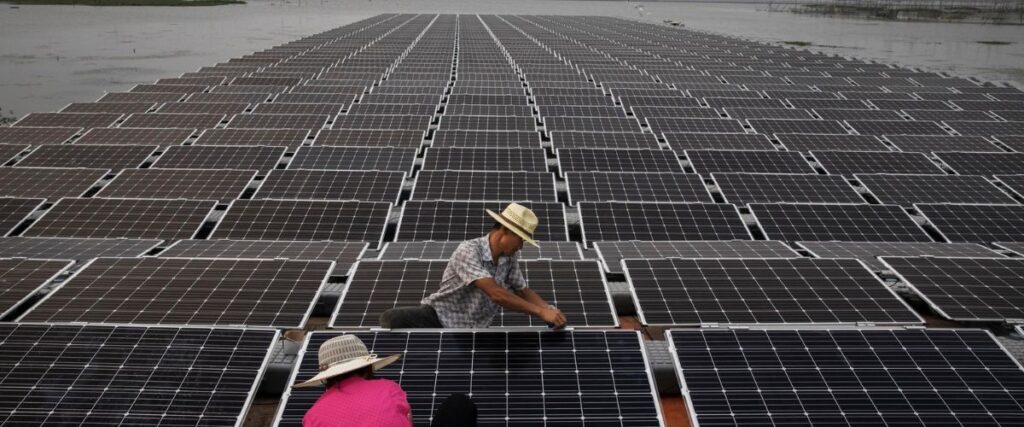Japan is developing technology to transmit solar power collected in space to Earth, aiming to revolutionise the renewable energy industry nationally and globally.
The concept of space-based solar power was initially proposed by an American physicist in 1968. The idea revolves around launching solar panels into space to generate electricity at an altitude of 36,000km. These solar panels convert solar power into microwaves, which are then beamed down to ground-based receiving stations where they are converted into electrical energy. Microwaves can easily pass through clouds, ensuring a stable supply of power regardless of the time of day or weather conditions.
Leading this research in Japan is a group chaired by Hiroshi Matsumoto, the former president of Kyoto University. In the 1980s, this group achieved a significant milestone by successfully transmitting power via microwaves in space. These research efforts continued under the leadership of Kyoto University professor Naoki Shinohara, culminating in 2009 when the group transmitted power from an altitude of 30 metres to a mobile phone on the ground using an airship. They are currently focused on refining the core technology for wireless power supply.
In 2009, Japan’s Ministry of Economy, Trade, and Industry initiated an industry-government-academia project with Shinohara heading the technology committee.
The project achieved successful horizontal microwave power transmission experiments in 2015 and vertical experiments in 2018, both over a distance of 50m. The next phase will involve attempting vertical transmission over distances ranging from 1 km to 5 km.

Professor Shinohara is also looking towards the future, recognising the potential international implications of their technology. He believes that demonstrating their capabilities could benefit Japan in future space development collaborations. To put their technology to the test, the group plans to conduct an experiment around fiscal year 2025, aiming to transmit power from outer space to the ground using small satellites that will send the power to ground-based receiving stations from hundreds of kilometres away.
Historically, energy crises have sparked interest in space-based solar power. NASA and the U.S. Department of Energy considered it during the oil shock of the 1970s, but the idea lost momentum as the crisis subsided. However, efforts were reignited around 2000 when the Kyoto Protocol raised global awareness of environmental issues.
The Japan Aerospace Exploration Agency also joined in the pursuit of space-based solar power.
In recent years, there has been a resurgence of interest in space-based solar power as governments and businesses aim for net-zero carbon dioxide emissions. However, the cost remains a significant obstacle. Generating approximately 1 gigawatt, equivalent to a nuclear reactor’s output, would require solar panels covering an area of 2 square kilometres. Even with technological advancements, the installation of such capacity is projected to cost over US$7.1 billion.
Featured banner image: thenationalnews.com
Related Articles
Solar Panels Made Mandatory for New Homes Built After 2025 in Tokyo
Japan to Expand Homegrown GPS Network Michibiki Quasi-Zenith Satellite System





